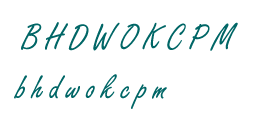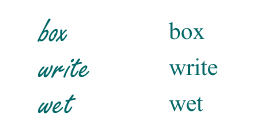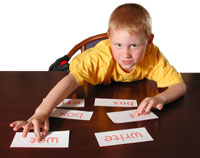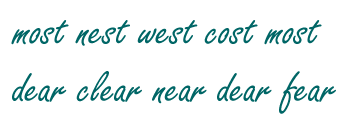
|
|
Training Effective Use of Vision
Awareness and Attention to Detail
Patterns, Letters, Numbers and Words
Activities to Encourage the Use of Vision
Identification and perception of patterns, letters, numbers and wordsMatching shapes or patterns by detail. Use outline shapes that are similar but have differences in detail which have to be identified.
Ask the child to match the shape on the left with the matching one on the right. Record the distance of the eyes from the page.
Tracing over or copying patterns of straight or curved lines.
Direction in pictures. Match pictures of objects or animals and shapes which face in the same directions.
Match the position of objects from a picture. Put objects in the same positions as they are in a picture such as a hat in front of a basket.
Matching numbers and letters. Talk about the similar features and differences in numbers and letters. The lines are straight, curved or circular.
Matching numbers and letters on cards or paper to numbers and letters used in the environment such as signs or a board in a classroom.
Signs used in the environment. Discuss colours or shapes used on signs to give information such as red for danger or to stop something happening.
Matching or sorting letters with similar parts, that is
letters that go below the line
tall letters
small letters
Matching of upper case (capital) and lower case letters.
Matching script (handwriting) and printed letters.
Matching unusual shapes and symbols.

Tracing over handwritten and printed letters and numbers.
Start with easy shapes
and move to more difficult shapes most difficult shapes
Naming letters and numbers.
Matching words that look the same. The words do not have to be read. Write out words in groups to find one the same.
Start with words that look very different
Words can later be used that look more the same
Matching words that are held close to the person or on a table with words at some distance such as on a notice or a board. Make sure the words further away have good contrast and are large enough.
Matching words to objects and actions in a complex picture. In the picture of the market, match words such as man, fruit, melon, table, basket, vegetables. Use other similar detailed pictures from picture books or magazines. If possible use coloured and black and white pictures and note which is easier for the person to recognise or match objects. Record the distance of the eyes from the page.
Trace over and copy words.
|
|
| Visual Communication Unit |










